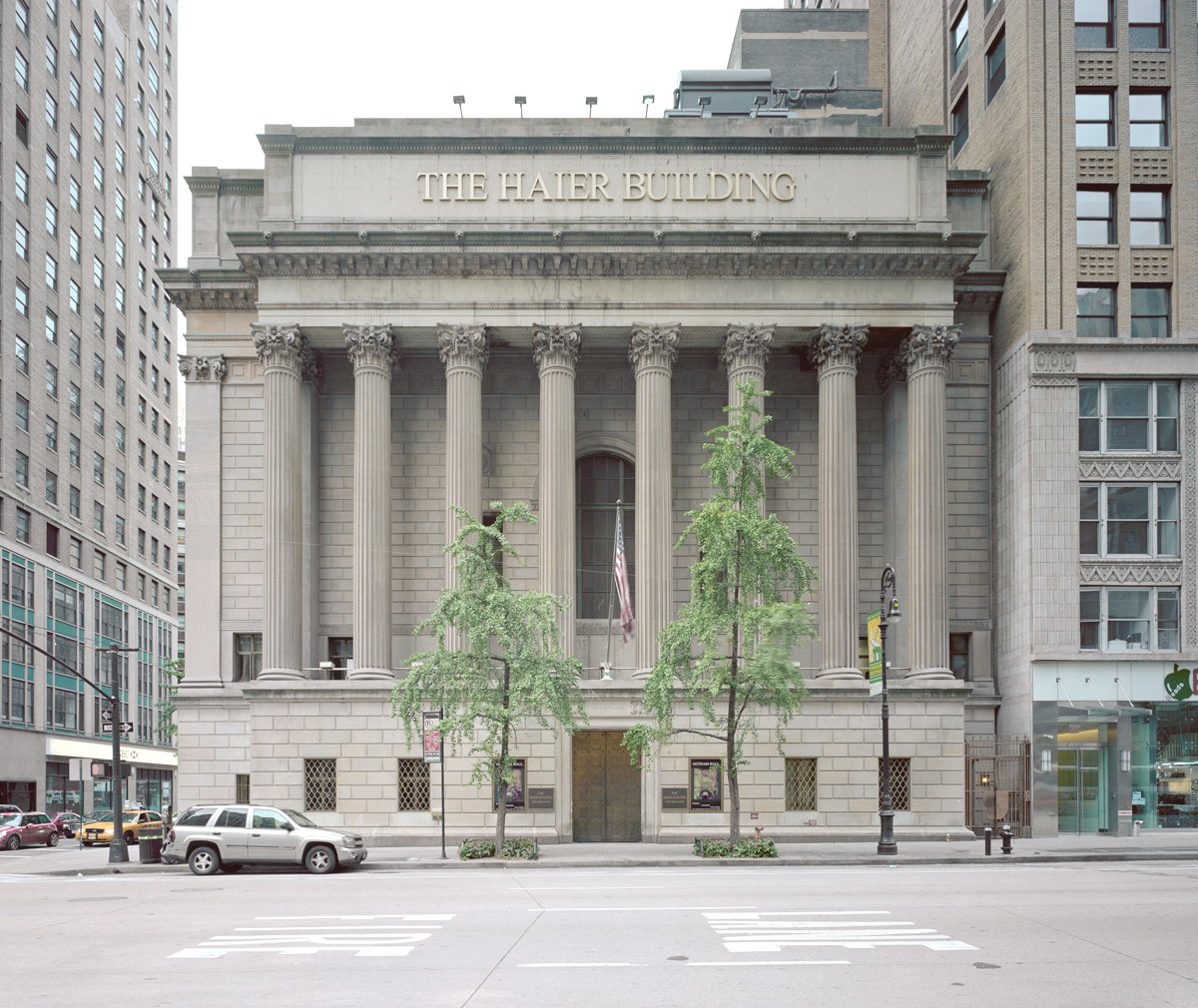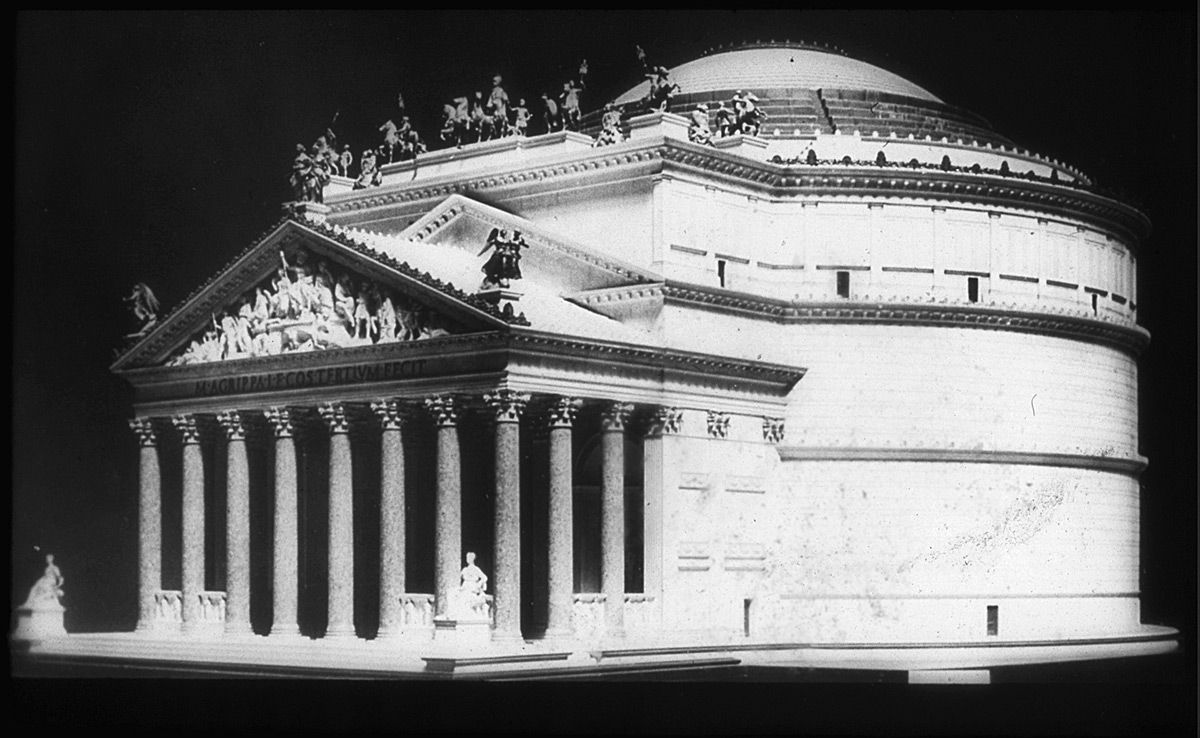
Happy birthday, Theophil Hansen.
July 13, 1813 in Copenhagen, Denmark.
en.wikipedia.org/wiki/Theophil_…
#architecture #traditionalarchitecture #classicalarchitecture #traditionalarchitectbirthdays #tradarchbdays #OTD #OnThisDay
(1/3)



July 13, 1813 in Copenhagen, Denmark.
en.wikipedia.org/wiki/Theophil_…
#architecture #traditionalarchitecture #classicalarchitecture #traditionalarchitectbirthdays #tradarchbdays #OTD #OnThisDay
(1/3)




• • •
Missing some Tweet in this thread? You can try to
force a refresh































